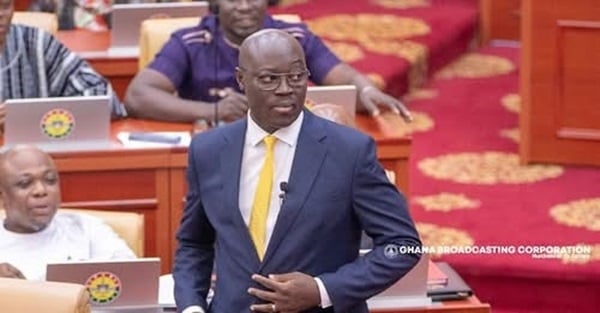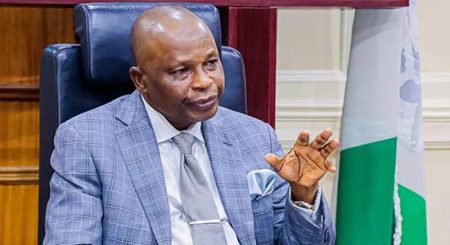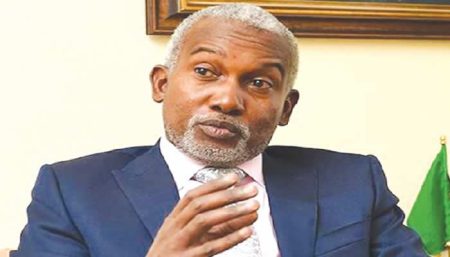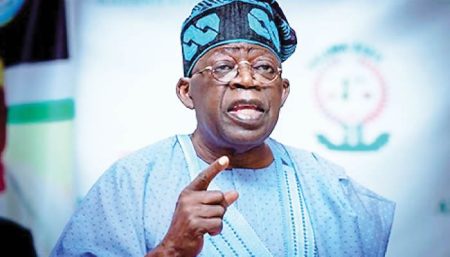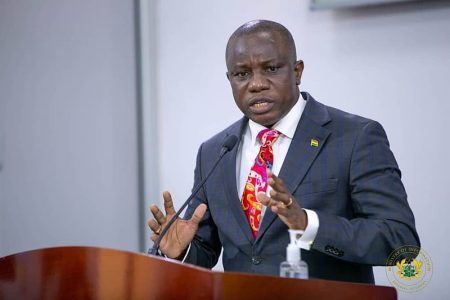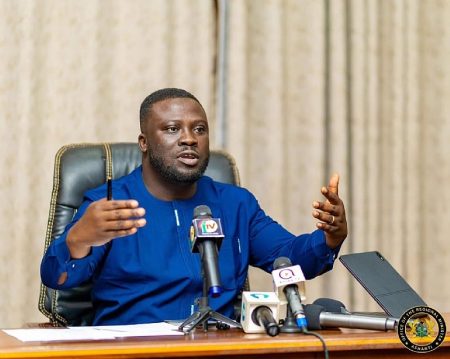Paragraph 1: Introduction – A Roadmap to Progress
Ghana’s Ministry of Finance, under the leadership of Dr. Cassiel Ato Forson, has unveiled an ambitious portfolio of road infrastructure projects as a centerpiece of its 2025 Mid-Year Fiscal Policy Review. This comprehensive plan encompasses new constructions, reconstructions, and strategic upgrades of crucial highways and feeder roads spanning the length and breadth of the nation. The initiative aims to address historical neglect in critical regions, enhance connectivity, and foster economic integration by improving the nation’s transportation network. The projects represent a significant investment in Ghana’s future, promising to unlock economic potential and improve the quality of life for citizens.
Paragraph 2: Projects with Secured Financing – Paving the Way for Immediate Action
The portfolio includes a substantial number of projects with confirmed financing commitments, ensuring prompt commencement of construction activities. These projects are strategically distributed across various regions, targeting areas with pressing infrastructure needs. In the Oti Region, a new bridge over the Oti River at Dambai will enhance transportation links. The Upper West Region will benefit from the rehabilitation of the Wa–Han Road and upgrades to the Tumu–Hamile, Tumu–Han–Lawra, and Navrongo–Tumu roads, significantly improving accessibility and facilitating trade. Similarly, crucial road upgrades are planned for regions such as Bono, Bono East, Ashanti, North East, and along the Eastern and Volta corridor, including rehabilitation and reconstruction efforts on several key routes. These immediate investments demonstrate the government’s commitment to addressing critical infrastructure gaps without delay.
Paragraph 3: Revitalizing Stalled Initiatives – Breathing New Life into Abandoned Projects
A critical aspect of the government’s infrastructure plan involves reviving previously abandoned or stalled road projects. These projects, which had suffered from funding shortfalls or other obstacles, are now being prioritized with renewed budgetary allocations. Key projects slated for resumption include the rehabilitation and upgrade of the Kasoa–Winneba Road and the Ofankor–Nsawam Dual Carriageway, both crucial arteries for traffic flow. The dualization of the Takoradi–Agona Junction Road will significantly enhance transportation efficiency in the Western Region. Furthermore, projects such as the Suame Interchange and Local Roads, as well as critical routes in the Upper West and Volta Regions, will receive much-needed attention. This commitment to completing stalled projects demonstrates a responsible approach to resource allocation and maximizes the impact of previous investments.
Paragraph 4: Expanding the Network – Focus on New and Enhanced Roadways
The plan also includes initiatives to expand the road network through new constructions and targeted upgrades. In the Western North Region, the construction of the Enchi–Elubo and Dadieso–Akontombra roads will open up new access routes and facilitate economic activity. Several other roads in the region will also undergo upgrades, improving connectivity and facilitating trade. The rehabilitation of roads such as the Ho–Kpetoe, Kpetoe–Afiadenyigba, Afiadenyigba–Penyi, and Penyi–Aflao roads in the Volta Region will further enhance regional accessibility. These strategic expansions signify a commitment to long-term infrastructure development and economic growth.
Paragraph 5: Looking Ahead – Strategic Projects Under Feasibility Review
Beyond the immediately actionable projects, the Ministry of Finance has also identified several large-scale, strategically important projects currently undergoing feasibility studies. These projects represent significant future investments in Ghana’s infrastructure landscape and include the Accra–Kumasi Expressway (new alignment), the Accra Outer Ring Road, and the Kumasi Outer Ring Road. The proposed Adawso–Ekye Amanfrom Bridge, aimed at connecting the Afram Plains, holds significant potential for economic development in the area. These forward-looking studies demonstrate a proactive approach to infrastructure planning and lay the groundwork for future development.
Paragraph 6: Ensuring Sustainable Infrastructure Development – A Focus on Funding and Transparency
Dr. Ato Forson has emphasized that these projects represent a core component of the government’s broader infrastructure agenda to address road equity gaps and stimulate regional growth. Crucially, the proposed Road Maintenance Trust Fund Bill, soon to be presented to Parliament, aims to reform road fund allocation and enhance transparency in project execution. This commitment to sustainable funding mechanisms and transparent governance will ensure the long-term viability and effectiveness of Ghana’s road infrastructure development program, ultimately contributing to sustained economic progress and improved quality of life for all citizens.





